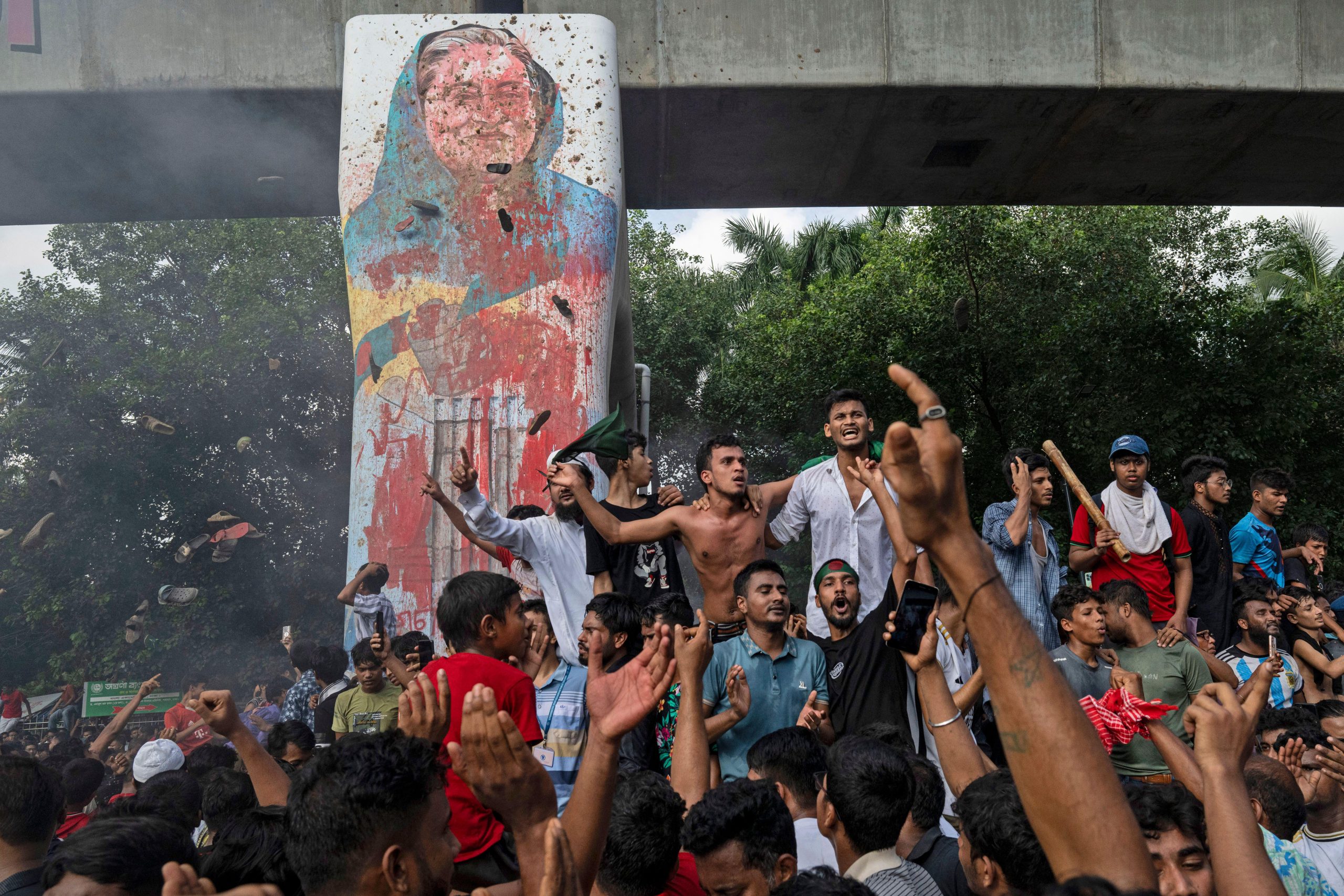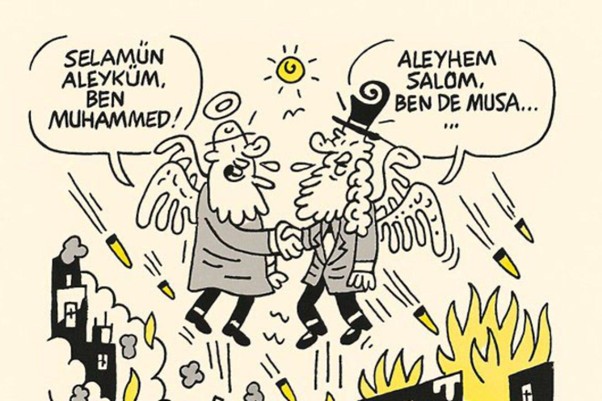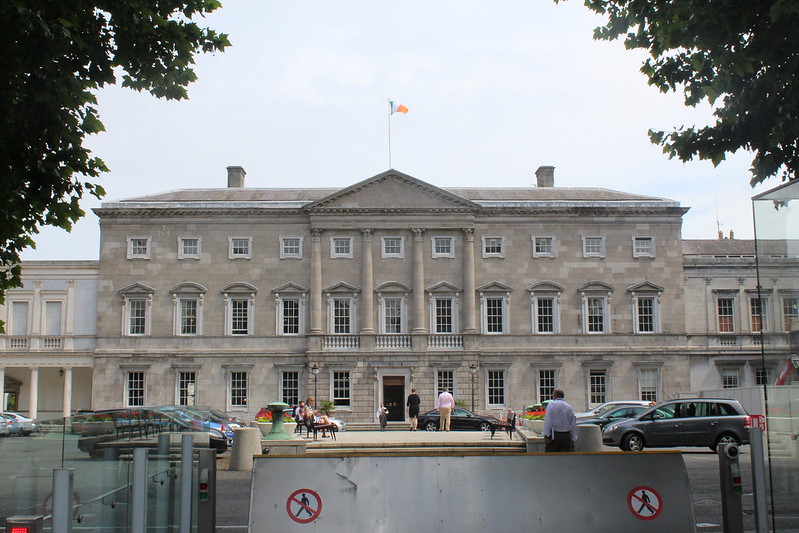 Oleg Panfilov assesses the twists and turns of the investigation into Anna Politkovskaya’s murder and considers the chances of a fair trial
Oleg Panfilov assesses the twists and turns of the investigation into Anna Politkovskaya’s murder and considers the chances of a fair trial
The killing of Anna Politkovskaya two years ago split the Russian public. The majority of people chose to believe President Putin. They continue to think even now that Anna was not an outstanding journalist, and that her death was useful only to the phantom enemies of Russia who, as President Putin assured us at the time, had tried to discredit both him and the country.
The other group — a minority — were certain that the state authorities had been involved in the murder, that the investigation would never be completed, and that the killers would remain anonymous and wholly unpunished. Unlike the first group, whose position remains underpinned by regular references on television to the need for ‘strong leadership’ in Russia, the second has had to be content with the kind of kitchen-sink discourse dissidents held in Soviet times, occasionally supported by radio broadcasts on Ekho Moskvy or Radio Liberty.
There are plenty of justifications for the position of the first group. Hardly had Vladimir Putin walked into his Kremlin office in 2000, than he began to revive the time-honoured tradition of Soviet propaganda, especially on TV. Today, the six national television channels that broadcast news and comment are all — in different ways — subject to state control. Channels that are nominally private — such as NTV, which belongs to Russia’s biggest company Gazprom — give even more air time to decisions taken by the state authorities than channels that are formally state-run: Channel 1 (Pervyi kanal); Channel 2 (Rossiia); and Channel 3 (TVTs). Since Soviet times, the Russian public has credulously lapped up everything shown on TV. People are not hard to convince, especially as Russian television (with the exception of cable networks) is free and untaxed.
The sceptics have different arguments. Since 1993, the deaths of about 40 journalists, killed in connection with the fulfillment of their professional duties, have remained uninvestigated. Most of the murders were committed in the years when Vladimir Putin was president. One exception is the case mounted against the murderers of Larissa Yudina, the chief editor of an opposition newspaper in the small southern Russian republic of Kalmykia. The killers received a range of prison sentences, but the court made no attempt to identify those who ordered the assassination. The murders of other journalists, along with some disappearances also connected with carrying out journalistic duties, have not been investigated, and it would be vain to hope that the crimes will ever be solved.
The number of unresolved crimes, and the behaviour of state officials – particularly the security services – begs the question whether state agencies have some kind of direct or indirect link with these cases. As ever, when another journalist is killed, the president and the prosecutor-general announce that they are taking control of the investigation and promise that they will do everything in their power to solve the crime. But the events that follow consistently suggest that the authorities have an interest in covering up not only the motives of the crime, but any tracks left by the killers.
The aftermath of Anna Politkovskaya’s murder demonstrated a very similar pattern. About 20 people were placed under arrest at various times, and most were later released. Unexpected leaks about the main suspects and their identities began to emerge from the investigation committee. The position of Novaya Gazeta — the newspaper where Anna worked — was undemonstrative. Neither the editor nor her journalistic colleagues hinted at any dissatisfaction with the way the investigation was being conducted. Emotions were kept well under control and everyone hoped for at least some kind of positive outcome.
The editors were particularly careful to avoid discussing the identity of the figure behind the killing, although observers named both Putin and the president of Chechnya, Ramzan Kadyrov, among those who might have gained from Anna‘s death. The fact that the murder occurred on Putin’s birthday (7 October) seemed a strange coincidence, for example, and raised speculation that the murder might have been a ‘gift’ for the president.
Two years on the investigation has not produced any substantive results. Consequently, the transfer of the case to court has been widely interpreted as a way for the authorities to rid themselves more quickly of a recurring issue constantly raised by international organisations and western leaders. None of the defendants has any direct link with the murder and, according to the investigation, the main suspects are to be found in a European country. For that reason, the beginning of the court case was unlikely to yield more than a standard press conference.
Nevertheless, the early stages of the case have been linked to some newsworthy items. First, the case was transferred to a military court because a former FSB officer, Pavel Ryaguzov, is being investigated — though not as a direct participant in the crime. According to the investigation, he merely helped the defendants by giving them information about where Anna Politkovskaya lived. Second, the court declared that it would hear the case in the presence of a jury. There have been a number of recent cases in Russia where jurors under pressure have upheld a viewpoint required by the authorities and, flying in the face of public opinion, vindicated criminals.
The military court may have been counting on the loyalty of the jury in this case as well; but, instead, it was put in an embarrassing position from the start. On the first day, the judge announced that the jury had refused to enter the courtroom while journalists were present and that, therefore, the case would be heard behind closed doors. It was exactly what lawyers representing Anna Politkovskaya’s family had feared. The absence of glasnost (openness) in a case generating worldwide interest would deprive lawyers, and Anna’s family, of the chance to speak out on the course of the proceedings.
But, out of the blue, one of the jurors telephoned the radio station Ekho Moskvy to say that the jury was not opposed to an open case. The jurors had only requested that cameras be removed and photographers leave the room. He also said that the court secretary had demanded that the jurors sign a document demanding that the case should be closed. The jurors had refused. It may be that the authorities have prepared yet more unexpected twists and turns to this important case but what happened in the first weeks of the trial will raise questions about the entire way in which the case is subsequently scrutinised. Doubtless the authorities are highly unwilling to take responsibility for this murder, and the events surrounding the case are doing a great deal to confirm that what we are seeing is not coincidental.
Oleg Panfilov is director of the director of the Center for Journalism in Extreme Situations in Moscow
Translated by Irena Maryniak





